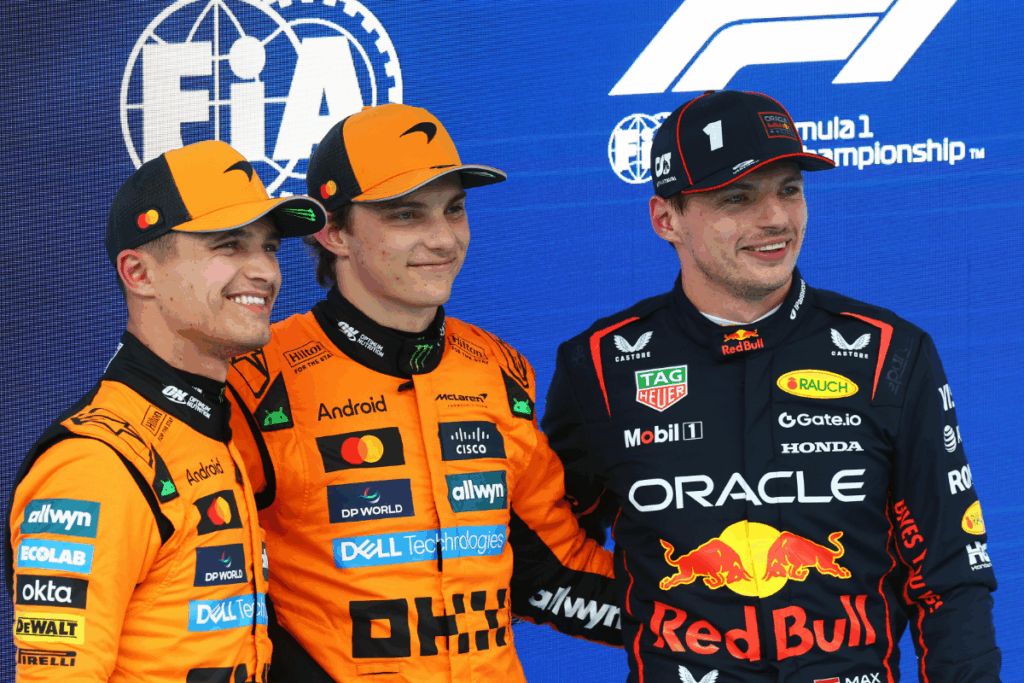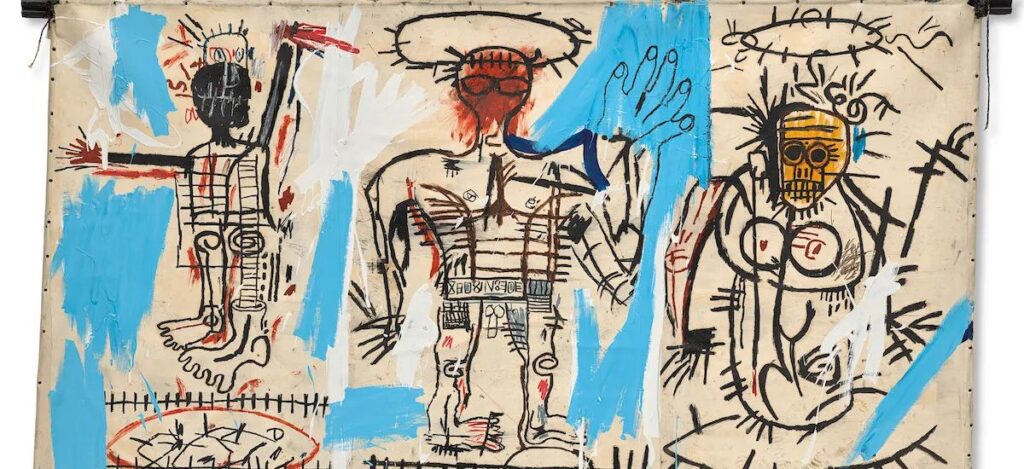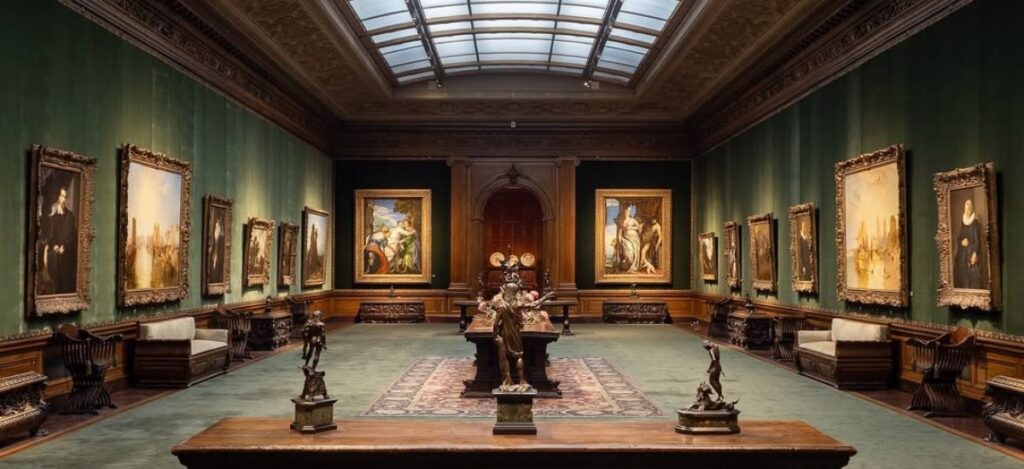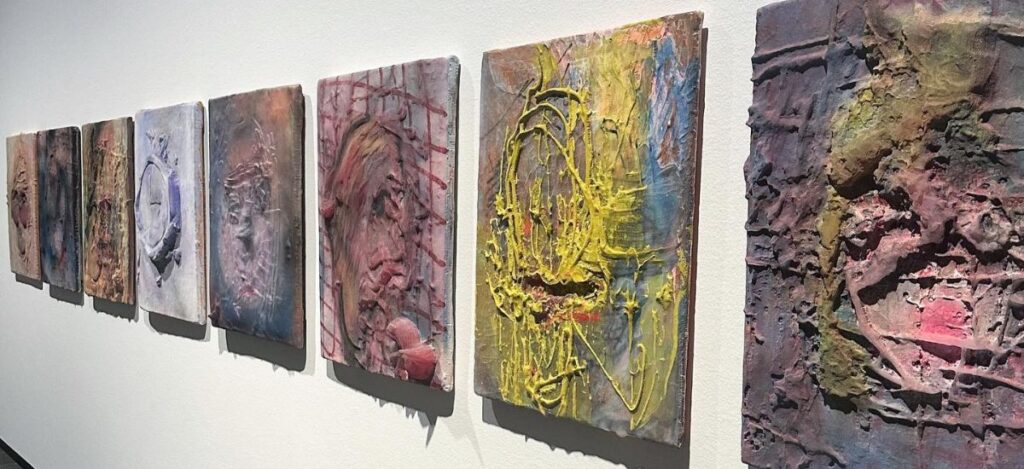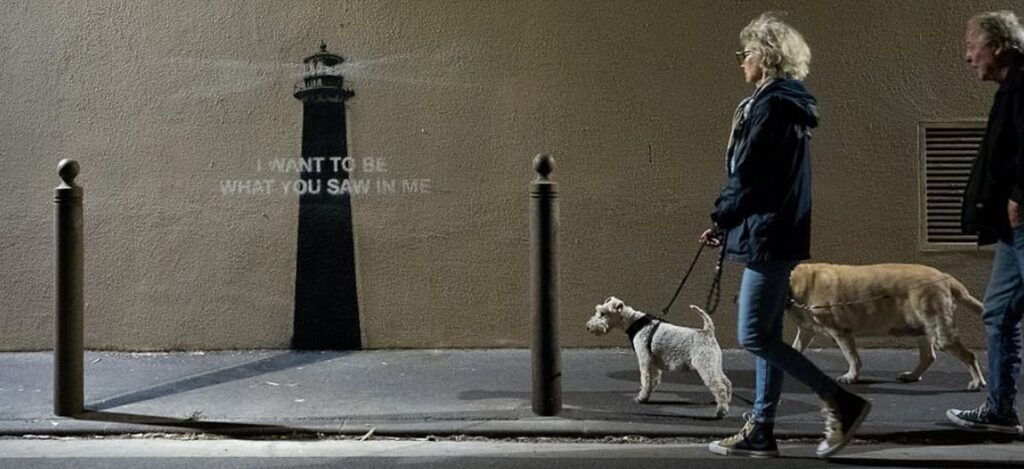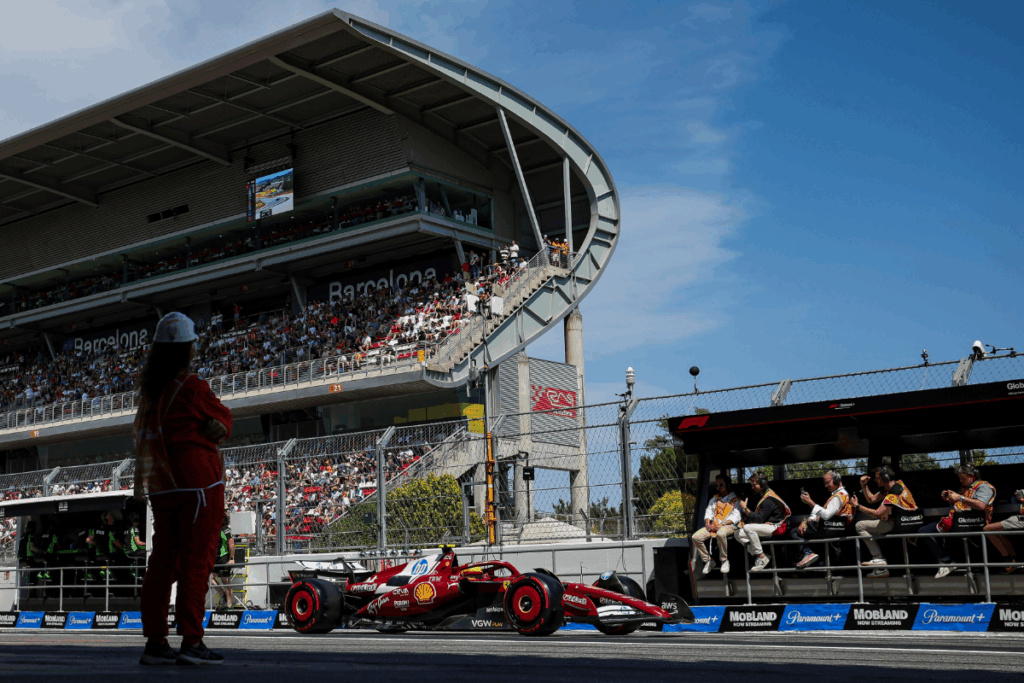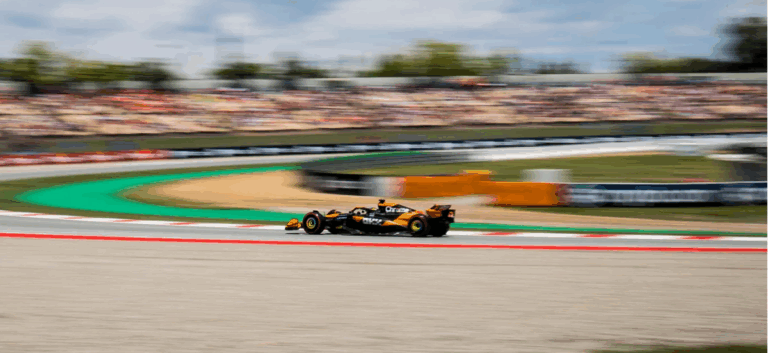As Formula 1 prepares to bid farewell to the Circuit de Barcelona-Catalunya after 35 consecutive editions, the 2025 Spanish Grand Prix emerges as a landmark event steeped in history, technical intrigue, and unique cultural traditions.
The 2025 Spanish Grand Prix, the final European circuit stop of the season, and the last in Circuit de Barcelona-Catalunya before the sport’s relocation to Madrid in 2026, offers a rich tapestry of curiosities that blend motorsport legacy with contemporary spectacle.



